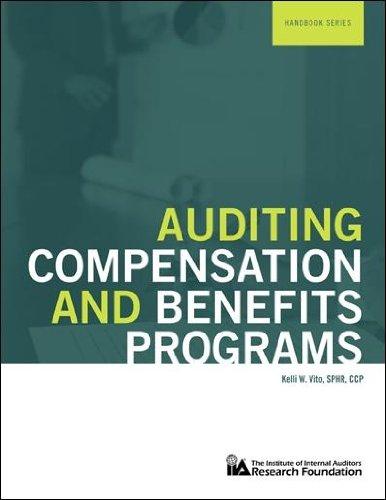2. (11 marks] Akkilagunta et al (2018) conduced a matched case-control study investigating the association of non-allopathic drugs and dietary factors with chronic kidney disease (CKDE A total of 80 cases were selected from the outpatients from the nephrology department of a tertiary care centre in South India. Each case was was matched by age (+5 years) and gender to a control selected from patients admitted to the medicine wards of the same care centre. The authors found that there were 2 pairs in which both the case and control reported using non-allopathic drugs in the past and 56 pairs in which neither reported past use of non- allopathic drugs. There were 17 pairs in which only the case had used non-allopathic drugs. (a) [5 marks] Construct the appropriate 2 x 2 table for this study using the information given above. Calculate the matched pair Odds Ratio, its 95% confidence interval, and give a once sentence interpretation of your estimate. Akkilagunta, S., Premarajan, K. C., Parameswaran, S., & Kar, S. S. (2018). Association of non-allopathic drugs ad dietary factors with chronic kidney disease: A matched case?control study in South India. Journal of Family edicine and Primary Care, 7(6), 1346. (b) [3 marks] Use McNemar's Test to test the significance of the association between non- allopathic drug use and CKD. Be sure to clearly state the null and alternative hypotheses, give the formula for the test statistic, calculate its value and find the p-value. What is the conclusion of the test? (c) [3 marks] Show that the formula for the matched pair Odds Ratio can be derived from the Mantel-Haenszel Odds Ratio where the data is stratified by pair. Hint: Consider the four types of possible matched pairs and their corresponding unmatched 2 x 2 table) and determine what each contributes to the Mantel-Haenszel Odds Ratio. Then sum over the number of each type of matched-pair (i.e. e, f, g, h from a general matched 2x2 table) 2. (11 marks] Akkilagunta et al (2018) conduced a matched case-control study investigating the association of non-allopathic drugs and dietary factors with chronic kidney disease (CKDE A total of 80 cases were selected from the outpatients from the nephrology department of a tertiary care centre in South India. Each case was was matched by age (+5 years) and gender to a control selected from patients admitted to the medicine wards of the same care centre. The authors found that there were 2 pairs in which both the case and control reported using non-allopathic drugs in the past and 56 pairs in which neither reported past use of non- allopathic drugs. There were 17 pairs in which only the case had used non-allopathic drugs. (a) [5 marks] Construct the appropriate 2 x 2 table for this study using the information given above. Calculate the matched pair Odds Ratio, its 95% confidence interval, and give a once sentence interpretation of your estimate. Akkilagunta, S., Premarajan, K. C., Parameswaran, S., & Kar, S. S. (2018). Association of non-allopathic drugs ad dietary factors with chronic kidney disease: A matched case?control study in South India. Journal of Family edicine and Primary Care, 7(6), 1346. (b) [3 marks] Use McNemar's Test to test the significance of the association between non- allopathic drug use and CKD. Be sure to clearly state the null and alternative hypotheses, give the formula for the test statistic, calculate its value and find the p-value. What is the conclusion of the test? (c) [3 marks] Show that the formula for the matched pair Odds Ratio can be derived from the Mantel-Haenszel Odds Ratio where the data is stratified by pair. Hint: Consider the four types of possible matched pairs and their corresponding unmatched 2 x 2 table) and determine what each contributes to the Mantel-Haenszel Odds Ratio. Then sum over the number of each type of matched-pair (i.e. e, f, g, h from a general matched 2x2 table)







